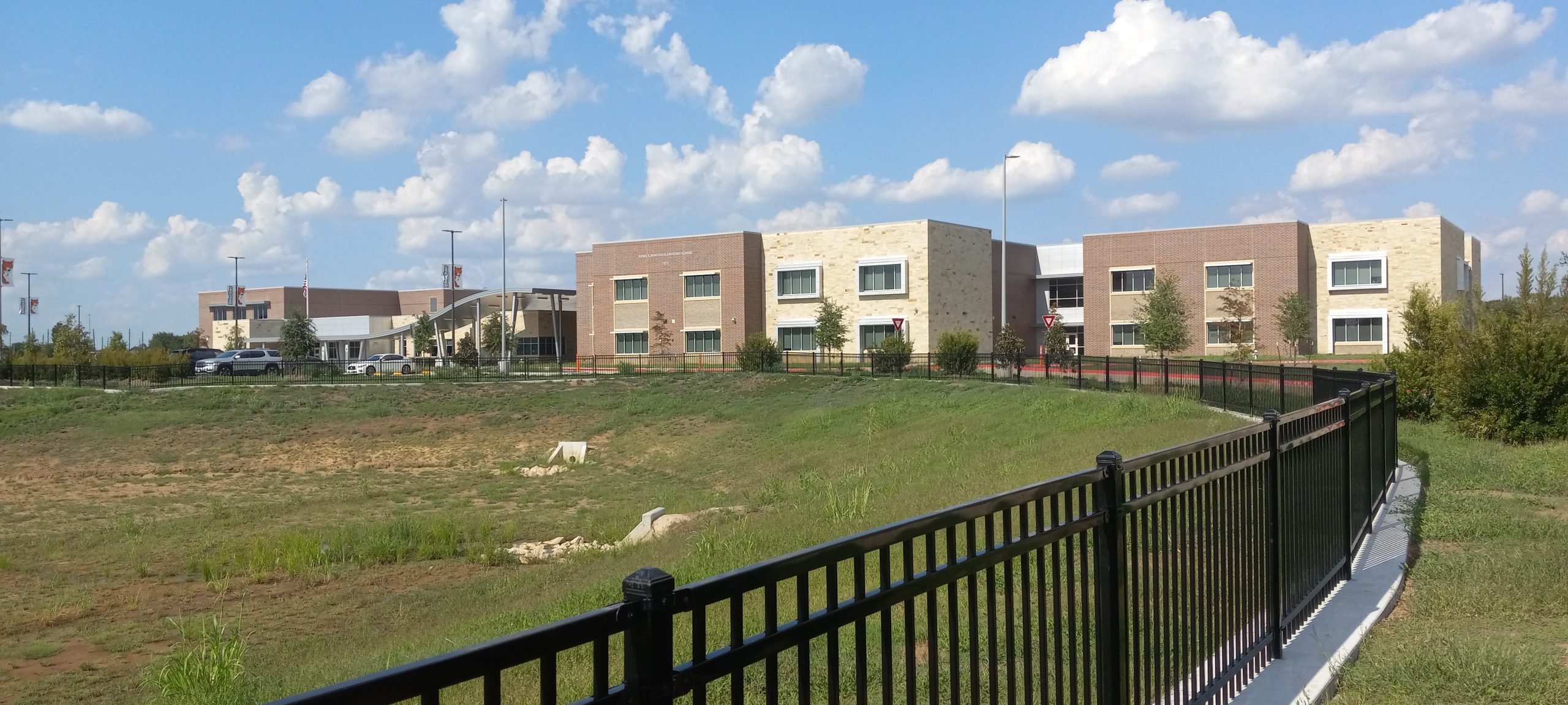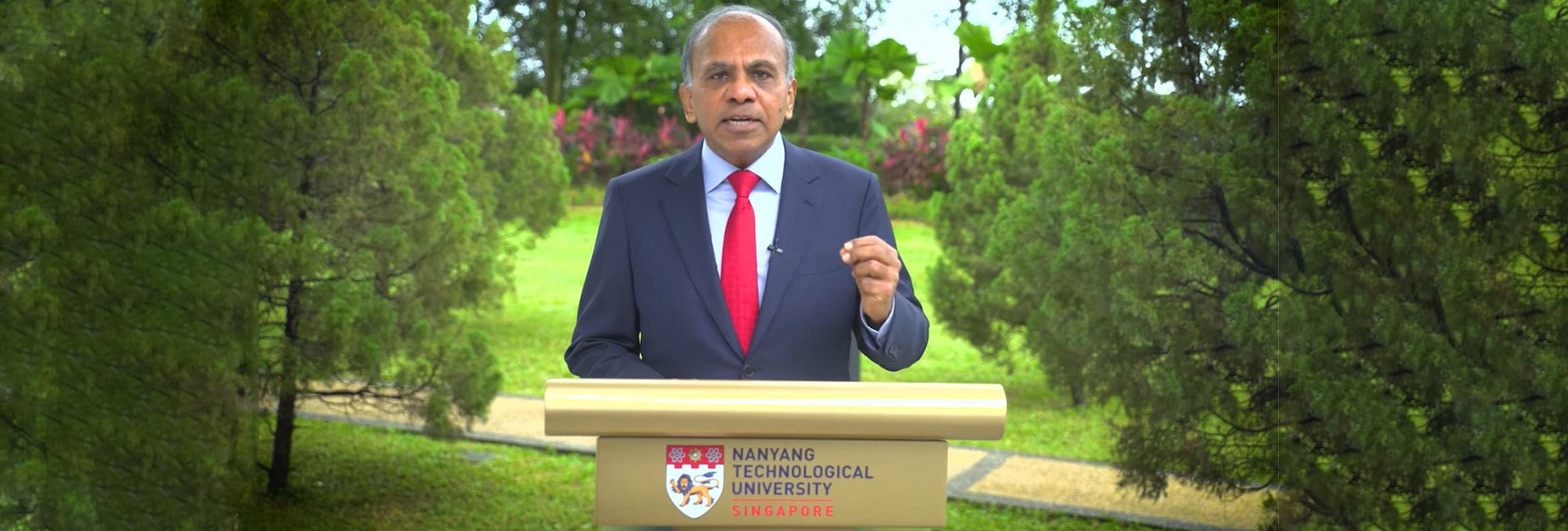(November 1, 2023) “The best way to find yourself is to lose yourself in the service of others.” — is the quote that guided Indian-American volunteer and public servant Sonal Bhuchar for the 58 years that she lived. Now four years after her passing away, her legacy has continued to live on and the biggest proof of it is that an elementary school in the heart of Missouri in Texas has been named after her. A trailblazer in the field of education in Fort Bend County, Buchar served as the Fort Bend ISD Board of Trustees for six years and later the Board President for two years. In 2019, she lost the battle to cancer.
Expressing his gratitude, Sonal’s husband Dr Subodh Bhuchar said, “The current Fort Bend citizens and FBISD board of Trustees recognised Sonal’s phenomenal service to the county by unanimously voting for an elementary school in her honour, so that her legacy in education and philanthropy continues for generations to come.”

“Sonal was a quiet yet effective warrior, who weaved a path for generations of young women and men to follow. She led by example and showed them that their way to succeed in life is to give, without expecting anything in return. She ensured that her actions would lead to changes that would benefit all,” he added.
The school, which opened its doors in August 2023, has a Bengal Tiger named Royal as the mascot, thus embodying her Indian roots and heritage. ROYAL stands for Resilient, Optimistic, Youthful, Admirable, Leader. Their website reads, “The purpose of Bhuchar Elementary is connecting the Bengal community through inclusiveness, creativity, and an energised optimal learning experience.” Constructed with a capacity to accommodate 1,000 students, the school includes an outdoor classroom that can be utilized by both students and teachers on pleasant weather days.

Sonal Bhuchar Elementary
Born and brought up in Mumbai, she earned a bachelor’s degree in physiotherapy from the University of Mumbai. It was in 1984 that she moved to the US after her marriage, and soon made Houston her home, where after a few years, Sonal turned over a new leaf as a community activist. A firm believer in “making a difference”, Sonal didn’t leave any stone unturned to bring about a positive change in society and started working in the field of education. A dedicated volunteer with Child Advocates, the Literacy Council, the Cultural Arts Foundation, and the Fort Bend Education Foundation, she did everything possible to promote diversity, equity, and inclusion.
Moreover, she gained recognition for her leadership in various initiatives, such as leading the WATCH program, which focused on promoting a healthy lifestyle education for elementary school students. She was also instrumental in conceiving the idea for the annual International Festival of the Fort Bend Education Foundation, aimed at fostering diversity, equity, and inclusion within the district. Additionally, she played a pivotal role in establishing the Student Leadership Program and the Legislative Advocacy Program.

Sonal extended her dedication to community service into the domain of politics, as she pursued the Republican Party’s nomination for the State Representative position in 2012. In 2015, Texas Governor Greg Abbott appointed Sonal to the One Star National Service Commission Board, a role dedicated to promoting volunteerism and overseeing the administration of AmeriCorps programs in Texas. When asked about her biggest accomplishment, the Global Indian said in an interview, “I’d say my ability to raise my family and my children in a country that I now call home, but wasn’t where I grew up, and adapt to the social structure here while still maintaining my cultural traditions that I value a lot.”
Sonal stands as a testament to the transformative power of dedicated individuals in the field of education. Her influential contributions in Texas, ranging from her advocacy for healthy lifestyles to her political pursuits, have left a lasting impact on countless students and communities. Today, the fact that an elementary school in Missouri bears her name serves as a fitting tribute to her unwavering commitment to the betterment of education. Sonal Bhuchar’s legacy is a reminder of the profound influence one person can have on the lives of many, and her name continues to inspire future generations to strive for excellence and inclusive education.




i go to this school.